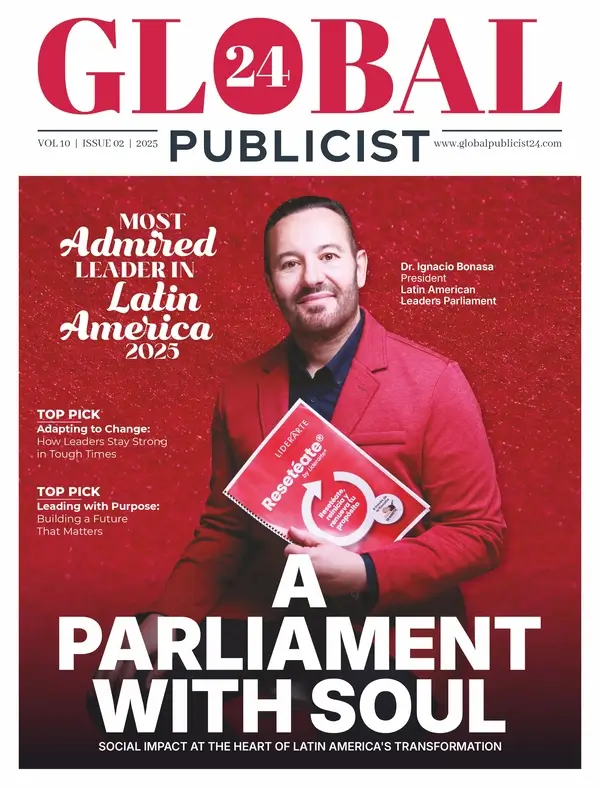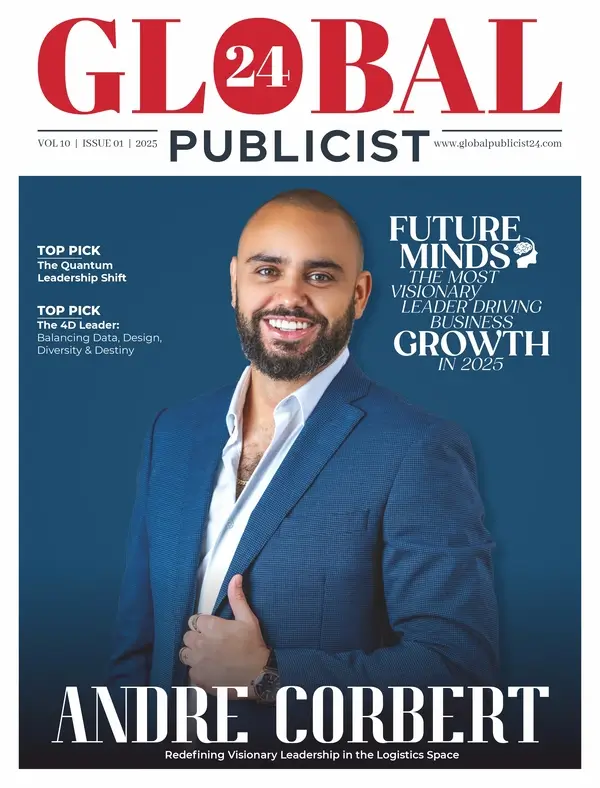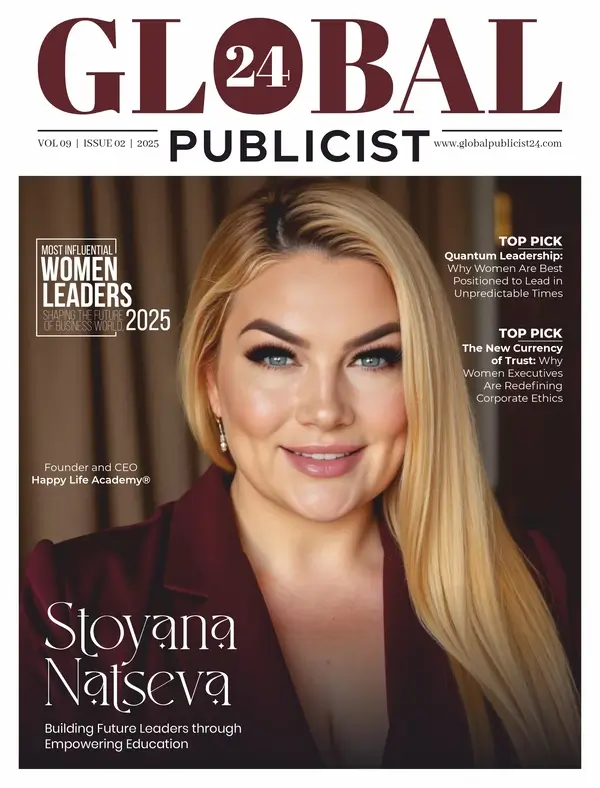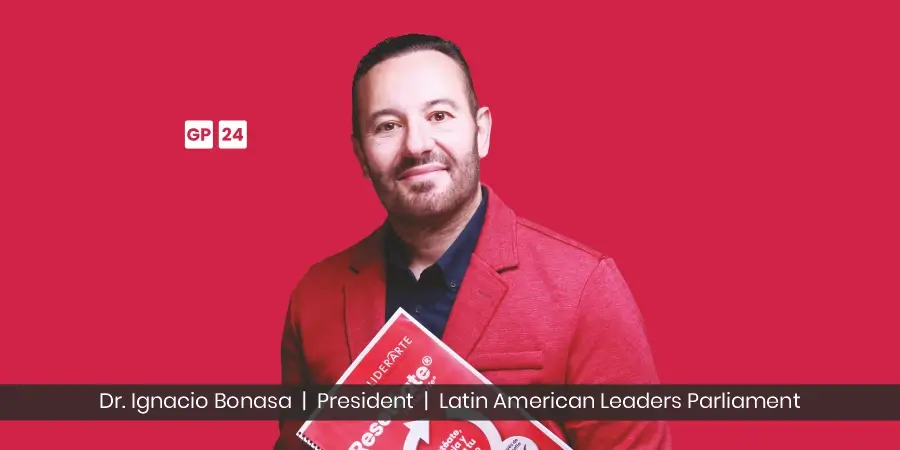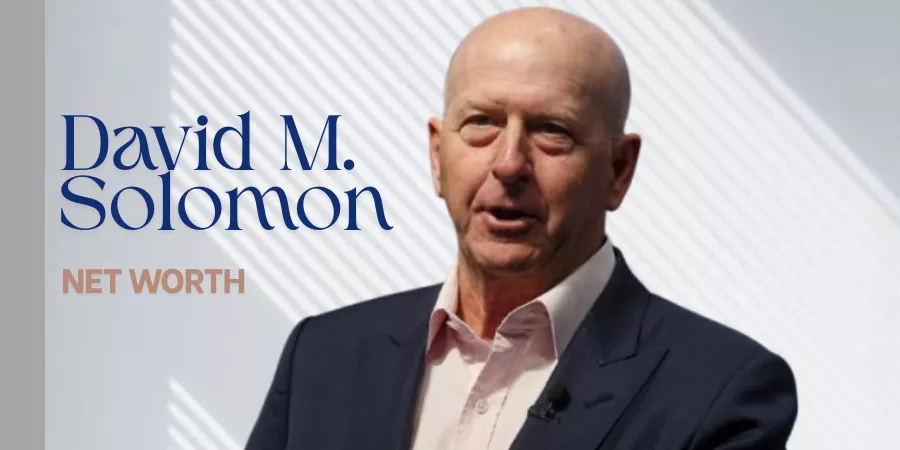Financial transformation doesn’t happen overnight, but with a structured approach, significant progress is achievable within 90 days. This blueprint provides a systematic path to financial recovery, combining practical steps with psychological shifts necessary for lasting change.
When asked, “How to do a financial cleanse?” Matt Mayerle, Personal Finance Editor at CreditNinja, explains, “A financial cleanse is all about creating a fresh start. The first step is taking a close, honest look at your finances—identifying where your money is going and spotting any spending patterns that may be holding you back. From there, it’s about making intentional choices: cutting out unnecessary expenses, building a realistic budget, and focusing on essential goals. Think of it as a reset that clears the path toward healthier financial habits and greater peace of mind.”
Week 1-2: Financial Reality Check
The journey begins with absolute honesty about your financial situation. Gather all financial documents, including bank statements, credit card bills, loan documents, and recurring subscription charges. Create a comprehensive overview of your income, expenses, debts, and assets. This initial step often reveals surprising patterns and overlooked expenses that provide immediate opportunities for improvement.
Understanding Your Options
When facing significant debt, understanding available solutions becomes crucial. While many battle between credit counseling vs debt settlement, there is a broader spectrum of options — debt consolidation, budget restructuring, and income enhancement strategies. Each approach has distinct advantages and implications for your financial future.
Weeks 3-4: Emergency Protocol
Establish immediate damage control measures to prevent further financial strain. Create an emergency budget that covers only essential expenses. Identify and cancel non-essential subscriptions, memberships, and services. This period focuses on stemming financial bleeding while building a foundation for recovery.
The Psychology of Spending
Breaking free from financial constraints requires understanding your spending triggers and emotional relationship with money. Document spending impulses without acting on them. Also, notice patterns in when and why you feel compelled to spend. This awareness becomes crucial for developing healthier financial habits.
“Understanding your spending triggers can be a game-changer,” Mayerle notes. “So much of personal finance success is rooted in understanding why we spend. By noticing and documenting those emotional and situational triggers, you can start to shift from impulsive to intentional spending, which ultimately strengthens your financial resilience.”
Key Areas to Monitor:
- Emotional spending triggers
- Social pressure situations
- Marketing vulnerability points
- Habit-based purchases
- Convenience-driven decisions
- Status-seeking behaviors
- Stress-related financial decisions
Weeks 5-6: System Building
Develop automated systems for financial management. Set up automatic payments for essential bills and savings transfers. Create a simple tracking system for daily expenses. The goal is to minimize decision fatigue while maximizing financial efficiency.
Debt Strategy Implementation
Design a realistic debt repayment strategy based on your specific situation. Prioritize debts using the avalanche (highest interest first) or snowball (smallest balance first). Ensure your chosen approach aligns with your financial capabilities and psychological needs.
Weeks 7-8: Income Optimization
Explore opportunities to increase your income through side hustles, skill development, or career advancement. Review your current employment benefits and ensure you’re maximizing available opportunities. Consider negotiating bills or seeking better rates on insurance and services. Allocate any additional income toward essential areas.
Building Emergency Reserves
Start building an emergency fund. Begin with a modest goal of $1,000, then work toward three months of essential expenses. This financial buffer prevents minor setbacks from derailing your progress. Automate transfers to your emergency savings to make it a consistent habit.
Weeks 9-10: Lifestyle Recalibration
Adjust your lifestyle to align with your financial goals. Focus on finding free or low-cost alternatives for entertainment and social activities. Develop new habits that support financial health and personal satisfaction. Identify areas where you can cut expenses without significantly impacting your quality of life.
Mayerle encourages finding balance: “Adjusting your lifestyle to align with your financial goals doesn’t have to mean giving up everything you enjoy. Often, there are free or low-cost alternatives that still provide satisfaction and enjoyment. This recalibration is about spending on what truly matters to you and aligning your lifestyle with your long-term financial health.”
Progressive Goal Setting
Establish clear, achievable financial milestones for the next six months, one year, and five years. Break larger goals into smaller, manageable steps. Celebrate progress while maintaining focus on long-term objectives.
Weeks 11-12: Future-Proofing
Develop strategies to maintain financial stability beyond the 90-day reset. Create contingency plans for unexpected financial challenges. Begin exploring long-term wealth-building opportunities aligned with your risk tolerance and goals.
Education and Skill Development
Invest time in financial education. Understanding basic financial concepts empowers better decision-making and helps avoid future pitfalls. Focus on practical knowledge that applies directly to your situation.
Week 13: Progress Assessment
Review your progress over the 90-day period. Compare your current financial situation with your starting point. Adjust strategies based on what worked well and what needs modification and set new goals.
Maintaining Momentum
Financial recovery is an ongoing process. Establish regular check-ins to maintain accountability and adjust strategies as needed. Consider finding an accountability partner or joining a financial support community.
Long-term Sustainability
Focus on building sustainable habits rather than pursuing quick fixes. Develop a healthy relationship with money that balances current needs with future security. Create systems that make good financial decisions easier to maintain.
This 90-day blueprint provides a structure for financial recovery while remaining flexible enough to adapt to individual circumstances. Success requires commitment, patience, and consistent effort. Remember that setbacks are part of the journey; what matters is maintaining forward momentum.
Focus on progress rather than perfection, celebrating small wins while working toward larger goals. Each positive financial decision builds momentum toward lasting financial freedom. With dedication, setting the foundation of significant transformation is achievable within 90 days.
The Bottom Line
The journey to financial freedom is personal and unique. While this blueprint provides structure, adapt it to fit your specific situation and goals. Stay committed to the process, trust in the plan, and remain focused on your ultimate objective of financial independence.






